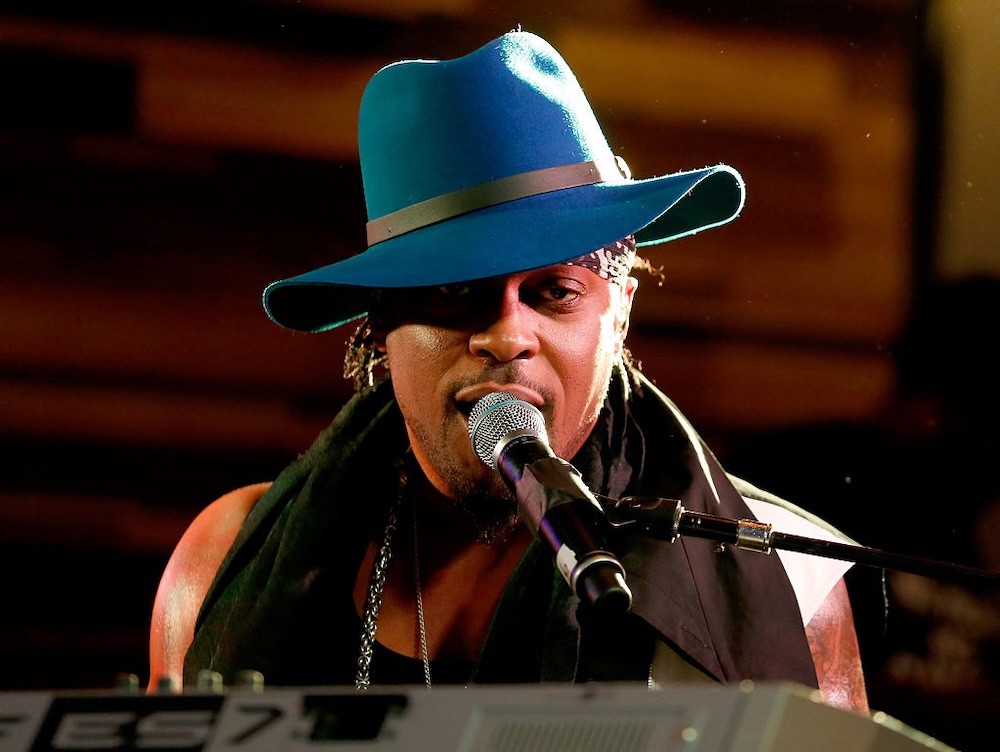The research suggests that “music is powerful not just because we hear it, but because our brains and bodies become it.”
You might think you’re just tapping your foot to the rhythm of your favorite track, but your brain is actually performing a full-body duet and syncing with the music in ways science is only beginning to understand, according to a new study published in Nature Reviews Neuroscience.
The research argues that music isn’t simply a sound we process, but an experience into which our bodies physically enter. The study, co-authored by McGill University psychologist Caroline Palmer and led by Edward Large of the University of Connecticut, presents a compelling case for Neural Resonance Theory (NRT).
The theory proposes that the brain’s internal rhythms actively align with the substance of music. According to the researchers, it’s this resonant alignment that fuels our emotions, shapes our sense of time and produces the urge to move when we hear a groove.
Unlike theories that depend on learned expectations or musical training, NRT operates on the idea that the human brain comes equipped with oscillatory systems naturally attuned to musical patterns. That means you don’t need to be a trained musician or even enjoy a particular song for your brain to lock into its pulse.
The study asserts that rhythmic structures in music, like tempo, melody and harmony, are mirrored by resonant brain patterns extending from the auditory cortex down to the spinal cord, influencing movement and emotional expression.
“This theory suggests that music is powerful not just because we hear it, but because our brains and bodies become it,” said Palmer, Director of the Sequence Production Lab at McGill.
The implications of NRT are vast. The team points to applications in therapeutic settings, where rhythm-based interventions could aid recovery for stroke survivors or those with Parkinson’s. In education, new learning technologies might harness resonance to teach rhythm and pitch more intuitively.
You can read more from the study here.

 4 hours ago
1
4 hours ago
1
.jpeg)

















![Jutes' new single “Parasite” embodies a night of delicious debauchery [Video]](https://earmilk.com/wp-content/uploads/2025/10/Jutes-800x379.jpg)



.jpeg)













 English (US) ·
English (US) ·